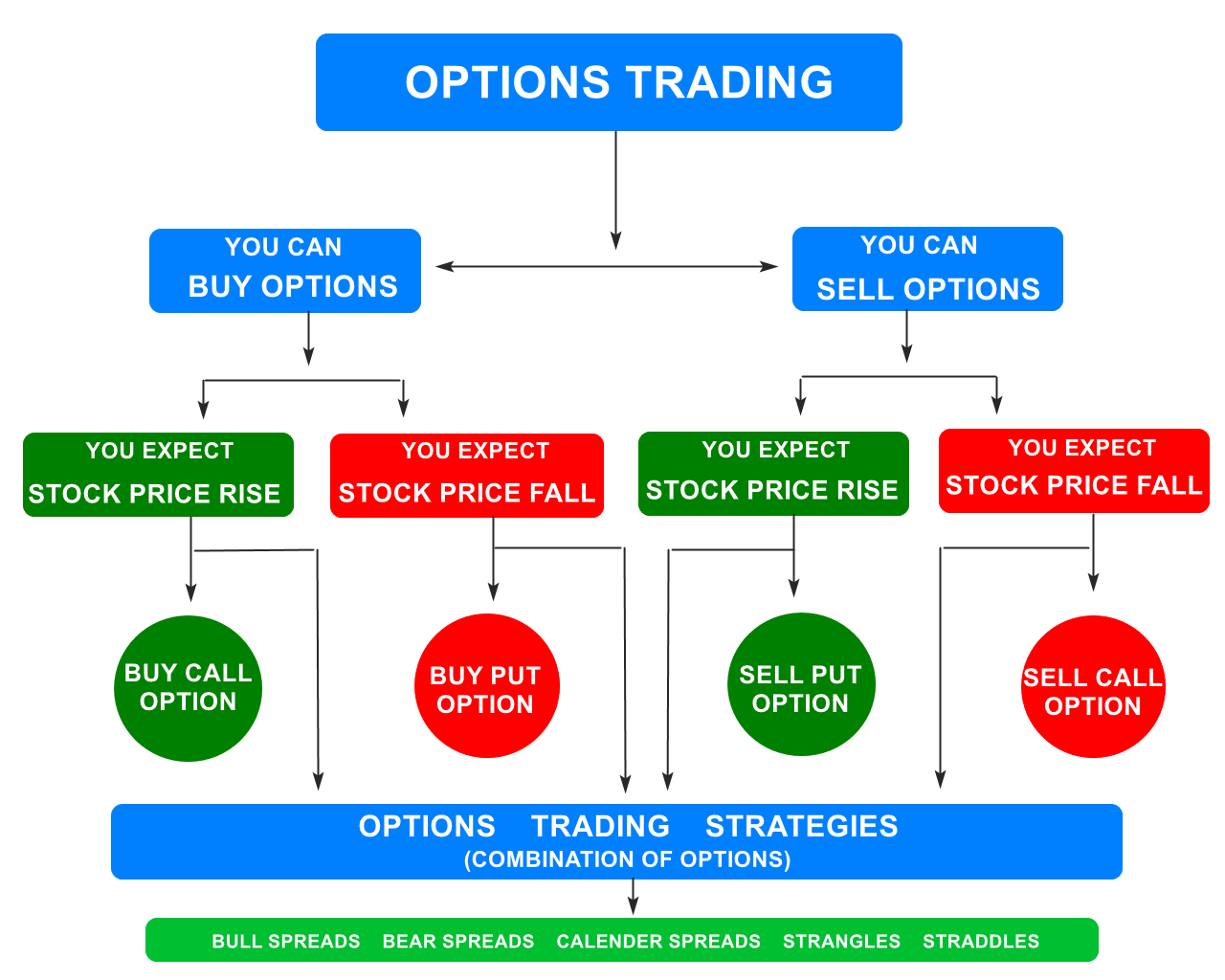
When is the best time to sell a stock This depends on the outcome you desire from your investment. Bankruptcies are a great example of when to sell a stock. A company that goes bankrupt loses all its assets to its shareholders. They will also lose a lot of money if the company is not in business. In such a case, it is better not to hold onto a stock worthless than to sell it. If you do your research you can jump ship before other people.
To purchase shares in another corporation, you can take profits
There are many factors that you need to take into account when making a decision about whether to sell your stock or purchase shares in another company. These factors include how much risk you are willing, and the stock's current value. If you've been thinking about selling a stock but are not sure where to start, this article will help you determine the right time to sell a stock. Below are some considerations when selling a stock.
Stocks that are winning usually go up in value for a reason. If it's a winner stock, its price will increase. It may be time for you to sell a stock whose price is falling. This is not buying low, but selling high. Instead of selling stock because it has dropped in value, consider the larger market and events outside. If you do this, you will be better equipped to take a decision.
Investing with a calm head
A rational investor should be calm when selling stock. Deep breathing exercises can help investors avoid panic. Investors can consult financial experts to assess their thinking. They should allow themselves sufficient time to think through the situation and not be distracted by current news stories. Investors should invest with calm minds.

Experts warn against acting on impulse or emotion when investing. Experts caution investors against reacting emotionally to unexpected drops and rallies in stock exchanges. Goldberg, president of ClientFirst Strategy in Melville, N.Y., says investors should acknowledge their emotions when they arise but not let them interfere with their rational decision-making.
FAQ
What types of investments are there?
There are many investment options available today.
These are some of the most well-known:
-
Stocks – Shares of a company which trades publicly on an exchange.
-
Bonds - A loan between two parties secured against the borrower's future earnings.
-
Real estate - Property owned by someone other than the owner.
-
Options - A contract gives the buyer the option but not the obligation, to buy shares at a fixed price for a specific period of time.
-
Commodities-Resources such as oil and gold or silver.
-
Precious metals – Gold, silver, palladium, and platinum.
-
Foreign currencies - Currencies outside of the U.S. dollar.
-
Cash - Money that's deposited into banks.
-
Treasury bills - The government issues short-term debt.
-
A business issue of commercial paper or debt.
-
Mortgages – Loans provided by financial institutions to individuals.
-
Mutual Funds – These investment vehicles pool money from different investors and distribute the money between various securities.
-
ETFs – Exchange-traded funds are very similar to mutual funds except that they do not have sales commissions.
-
Index funds – An investment strategy that tracks the performance of particular market sectors or groups of markets.
-
Leverage: The borrowing of money to amplify returns.
-
Exchange Traded Funds (ETFs - Exchange-traded fund are a type mutual fund that trades just like any other security on an exchange.
These funds are great because they provide diversification benefits.
Diversification can be defined as investing in multiple types instead of one asset.
This helps you to protect your investment from loss.
Is it possible for passive income to be earned without having to start a business?
It is. In fact, the majority of people who are successful today started out as entrepreneurs. Many of them had businesses before they became famous.
You don't need to create a business in order to make passive income. Instead, you can simply create products and services that other people find useful.
Articles on subjects that you are interested in could be written, for instance. Or, you could even write books. Even consulting could be an option. Your only requirement is to be of value to others.
How can I manage my risks?
Risk management means being aware of the potential losses associated with investing.
An example: A company could go bankrupt and plunge its stock market price.
Or, a country's economy could collapse, causing the value of its currency to fall.
You run the risk of losing your entire portfolio if stocks are purchased.
Therefore, it is important to remember that stocks carry greater risks than bonds.
A combination of stocks and bonds can help reduce risk.
Doing so increases your chances of making a profit from both assets.
Another way to minimize risk is to diversify your investments among several asset classes.
Each class has its own set of risks and rewards.
For example, stocks can be considered risky but bonds can be considered safe.
So, if you are interested in building wealth through stocks, you might want to invest in growth companies.
Saving for retirement is possible if your primary goal is to invest in income-producing assets like bonds.
Should I make an investment in real estate
Real Estate Investments are great because they help generate Passive Income. However, they require a lot of upfront capital.
Real Estate might not be the best option if you're looking for quick returns.
Instead, consider putting your money into dividend-paying stocks. These stocks pay out monthly dividends that can be reinvested to increase your earnings.
Statistics
- An important note to remember is that a bond may only net you a 3% return on your money over multiple years. (ruleoneinvesting.com)
- Over time, the index has returned about 10 percent annually. (bankrate.com)
- As a general rule of thumb, you want to aim to invest a total of 10% to 15% of your income each year for retirement — your employer match counts toward that goal. (nerdwallet.com)
- Some traders typically risk 2-5% of their capital based on any particular trade. (investopedia.com)
External Links
How To
How to Save Money Properly To Retire Early
When you plan for retirement, you are preparing your finances to allow you to retire comfortably. It's the process of planning how much money you want saved for retirement at age 65. You also need to think about how much you'd like to spend when you retire. This includes travel, hobbies, as well as health care costs.
You don't have to do everything yourself. Many financial experts can help you figure out what kind of savings strategy works best for you. They'll look at your current situation, goals, and any unique circumstances that may affect your ability to reach those goals.
There are two main types - traditional and Roth. Roth plans can be set aside after-tax dollars. Traditional retirement plans are pre-tax. You can choose to pay higher taxes now or lower later.
Traditional retirement plans
You can contribute pretax income to a traditional IRA. You can make contributions up to the age of 59 1/2 if your younger than 50. If you wish to continue contributing, you will need to start withdrawing funds. After you reach the age of 70 1/2, you cannot contribute to your account.
If you've already started saving, you might be eligible for a pension. These pensions will differ depending on where you work. Matching programs are offered by some employers that match employee contributions dollar to dollar. Others offer defined benefit plans that guarantee a specific amount of monthly payment.
Roth Retirement Plan
With a Roth IRA, you pay taxes before putting money into the account. You then withdraw earnings tax-free once you reach retirement age. However, there may be some restrictions. For example, you cannot take withdrawals for medical expenses.
A 401(k), another type of retirement plan, is also available. These benefits can often be offered by employers via payroll deductions. Employer match programs are another benefit that employees often receive.
401(k).
401(k) plans are offered by most employers. They allow you to put money into an account managed and maintained by your company. Your employer will contribute a certain percentage of each paycheck.
The money grows over time, and you decide how it gets distributed at retirement. Many people decide to withdraw their entire amount at once. Others may spread their distributions over their life.
There are other types of savings accounts
Some companies offer other types of savings accounts. TD Ameritrade can help you open a ShareBuilderAccount. With this account, you can invest in stocks, ETFs, mutual funds, and more. In addition, you will earn interest on all your balances.
Ally Bank has a MySavings Account. This account can be used to deposit cash or checks, as well debit cards, credit cards, and debit cards. You can then transfer money between accounts and add money from other sources.
What next?
Once you know which type of savings plan works best for you, it's time to start investing! Find a reliable investment firm first. Ask family members and friends for their experience with recommended firms. Check out reviews online to find out more about companies.
Next, determine how much you should save. This involves determining your net wealth. Your net worth includes assets such your home, investments, or retirement accounts. It also includes liabilities, such as debts owed lenders.
Divide your net worth by 25 once you have it. This number is the amount of money you will need to save each month in order to reach your goal.
For instance, if you have $100,000 in net worth and want to retire at 65 when you are 65, you need to save $4,000 per year.